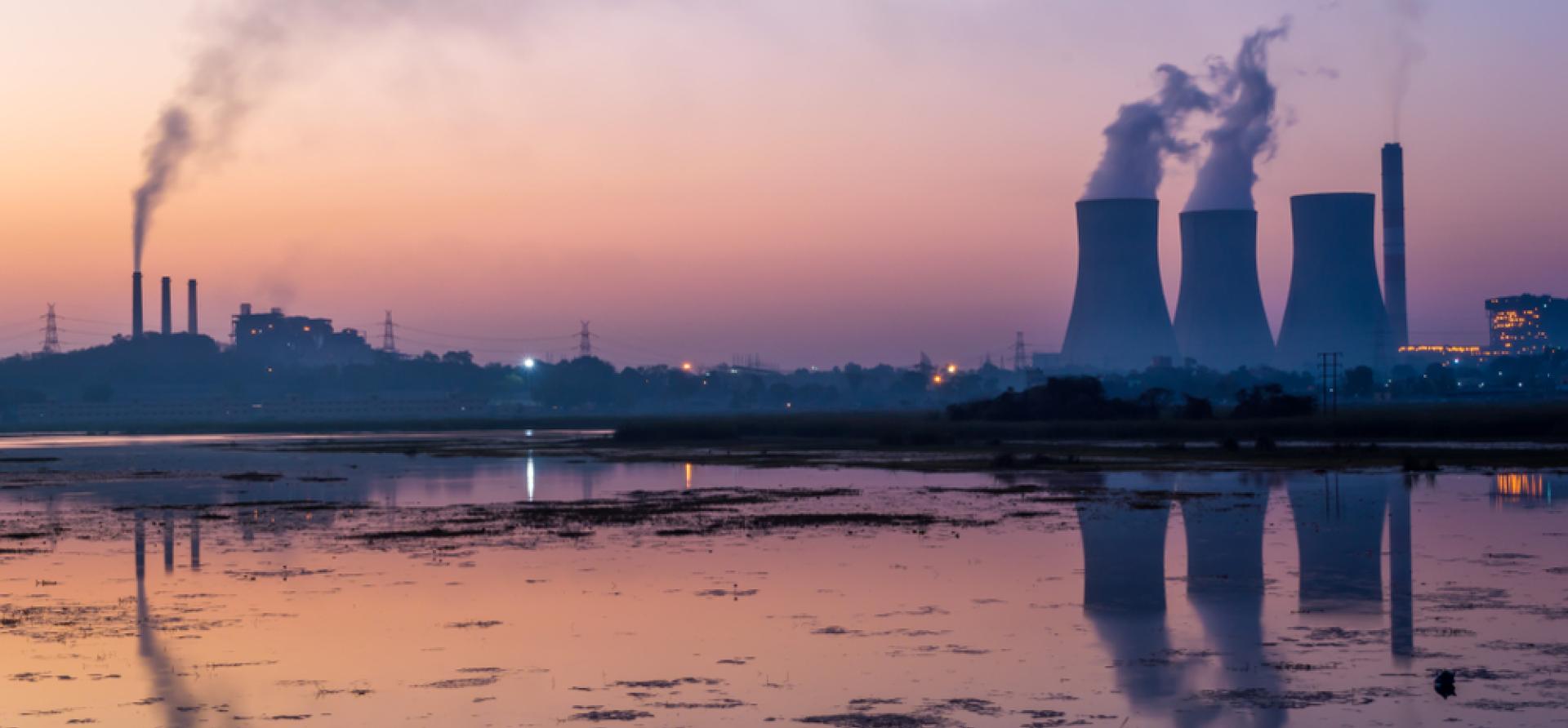Resolving stranded thermal assets can guide India’s clean energy journey

Key Findings
Resolution of the power sector non-performing assets can be a viable alternative to adding new thermal capacity as it diverts critical capital away from high-emission assets and tackles existing stranded capacity.
Prices of imported solar modules that peaked in late 2022 are estimated to have declined to an all-time low of US¢12-13/watt in December 2023, helping renewable energy become even more cost-competitive than thermal power.
On an aggregate level, resolving stranded thermal power plants will help reduce the build-up of green/brownfield thermal assets and keep India on its energy transition pathway.
The Punjab government’s recent acquisition of a stranded 540 megawatt (MW) Goindwal Sahib thermal power plant (TPP) for Rs10.8 billion sends a positive signal amid an overall push towards rapid thermal capacity expansion in the country.
Punjab clinched the deal at a record-low price of nearly Rs20 million/MW, one of the steepest discounts for such assets in India. Notably, the Central Electricity Authority (CEA) estimates new builds to cost Rs83 million/MW.
The move has several benefits. It secures substantial cost savings for Punjab’s taxpayers, meets increasing power demand in the state, prevents new thermal capacity additions along with new transmission capacity, diverts critical capital away from high-emission assets and tackles existing stranded capacity. Further, it also aligns with India’s clean energy transition goals.
The Institute for Energy Economics and Financial Analysis (IEEFA), in its report on resolving the last pile of India’s power sector non-performing assets (NPAs), argued that resolving stranded assets of 6.1 gigawatts (GW), including Goindwal Sahib, will help achieve the above-mentioned benefits. The report identified six such assets, considering factors such as additional capacity addition onto the grid, possible haircut on sale of assets, current coal linkages, state of supporting infrastructure, vintage of assets, and state of planned capacity. Identifying and resolving such plants will essentially reduce the build-up of new thermal assets by an equivalent amount in the country.
Renewed Reliance on Thermal Power
India aims to add 17GW of coal-based power generation capacity in the next 16 months, its fastest pace in recent years, to avert outages due to a record rise in power demand. Concurrently, the power ministry estimates that against the 27GW of thermal power plants currently under construction, India would need to add 80GW of coal-based capacity to meet the peak demand projections by 2030.
Since adding 22GW in the fiscal year (FY) 2015-16, India cut back on plans to add coal-fired plants as the government opted for renewable energy capacity. However, rising electricity demand on the back of a rapidly expanding economic activity in the country and several headwinds that the renewable energy sector has faced over the last two years have nudged the government to relook at thermal power as a fix against any power crunch in the foreseeable future. Moreover, while the current costs of providing firm and dispatchable renewable energy are currently competitive with new thermal assets, that may not be true in all cases, pit-head thermal plants being a case in point.
Besides having the potential to derail India’s energy transition journey, a higher reliance on coal diverts scarce capital towards these high carbon-emitting assets, which locks in capital that could otherwise fund renewable energy assets. The last cycle of banking NPAs stemmed largely from the power sector, with 40.1GW of thermal power plants deemed “stressed”. The banking sector has largely resolved its NPAs and is in its best shape in years, thanks to significant write-offs of bad loans. However, when renewable energy is projected to be more cost-competitive and firm, further financing of thermal assets can trigger a fresh NPA cycle for banks.
Turning Tides for Low Carbon Assets
While the renewable energy sector faced significant headwinds till earlier last year, the situation is improving dramatically. For instance, prices of imported solar modules that peaked in late 2022 are estimated to have declined to an all-time low of US¢12-13/watt in December 2023 from the high of US¢27-28/watt in the fourth quarter (Q4) of FY2021-22. Similarly, battery energy prices have been estimated to have fallen by 24% over the last year due to falling raw material prices. India is also adding a significant pumped hydro storage capacity over the next couple of years, with NTPC alone planning 14GW. These developments will help renewable energy become even more cost-competitive than thermal power.
Additionally, the bond market carnage in emerging markets over the last couple of years due to a tightening monetary policy regime in developed markets seems to have ended. India’s 10-year benchmark bond yield was down 15 basis points in 2023, following a 143 basis points rise in the previous two years. This is good news for green bond issuers that refinance operational renewable energy assets through these instruments, primarily in global markets.
Resolution of the power sector NPAs can be a viable alternative to adding new thermal capacity. Strategic acquisitions have successfully resolved several power sector NPAs through higher bids and lower haircuts for lenders, given the higher value of underlying assets for strategic buyers. Both public and private sector utilities, as well as state entities like in Punjab’s case, can make these acquisitions. On an aggregate level, such actions will help reduce the build-up of green/brownfield thermal assets and keep India on its energy transition pathway.
(This article was first published by ET EnergyWorld)















